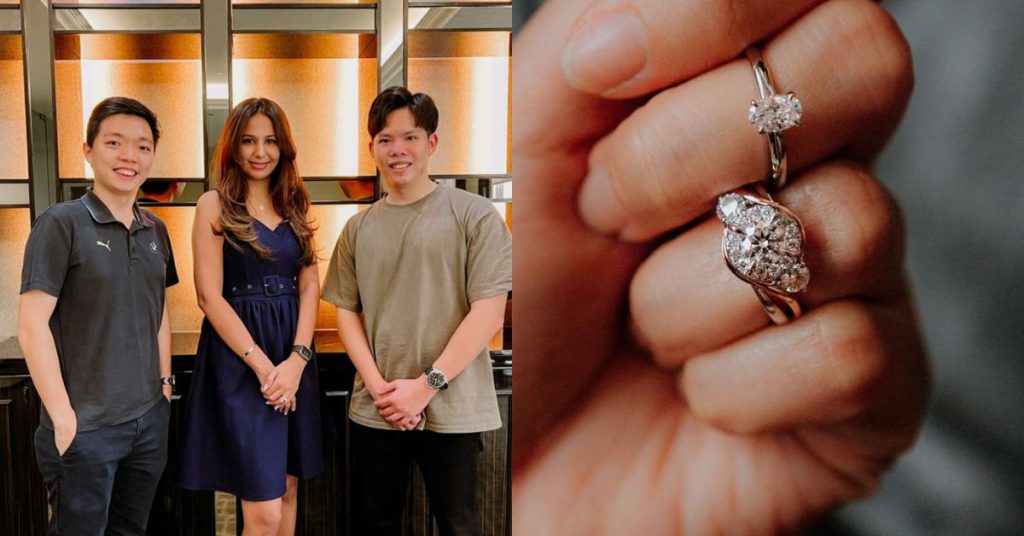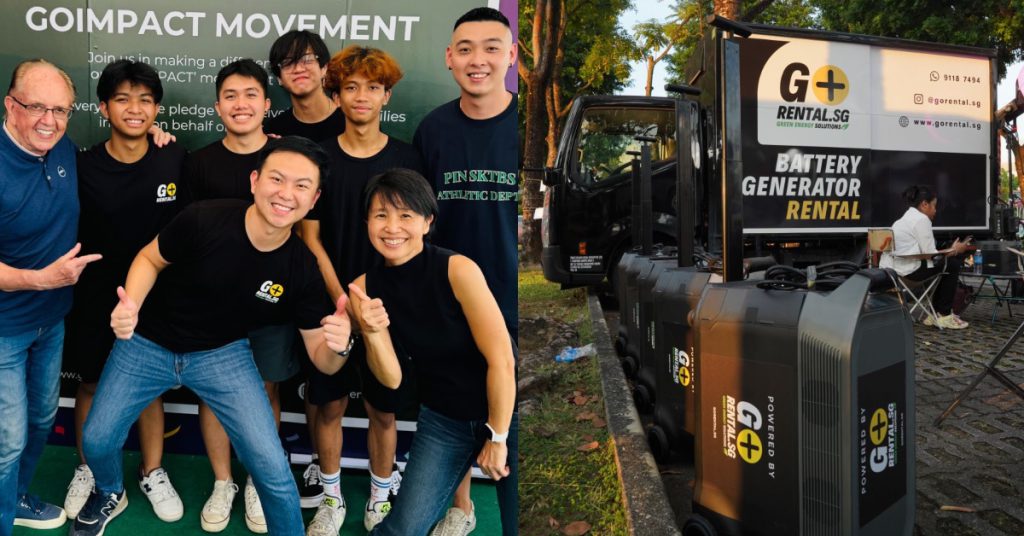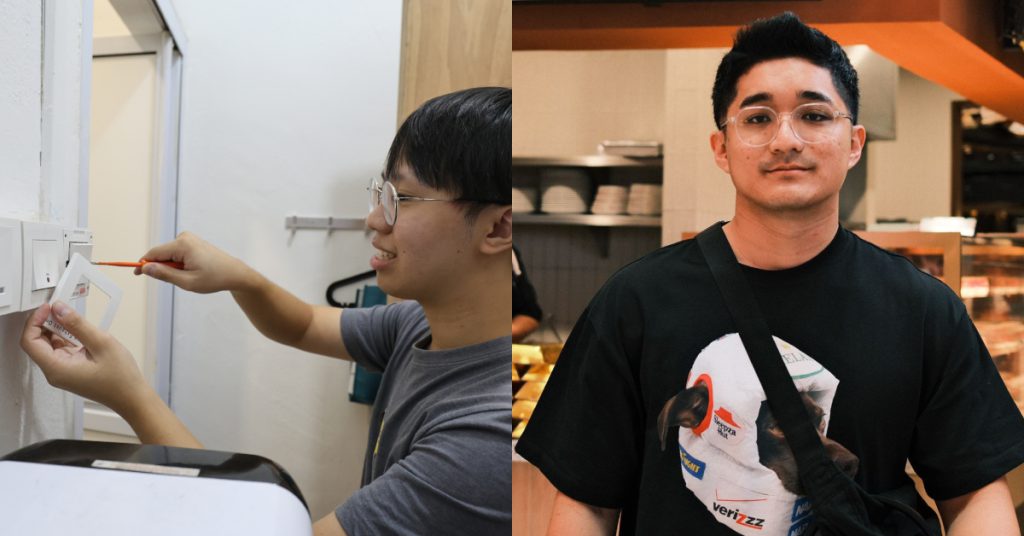[Written in partnership with Moissanite Malaysia, but the editorial team had full control over the content.]
It’s been long established that the high cost of diamonds is merely a marketing scheme targeting the engagement market.
Coupled with the blood diamond controversy in years past (in brief, blood diamonds refer to diamonds mined in a war zone and sold to finance war), it’s safe to say that despite their luxury status, diamonds have not gotten the best reputation.
Thus, people have begun turning to more sustainable and ethical alternatives in lab-grown diamonds including simulant diamonds, cubic zirconia stimulants, and moissanite.
Lab-grown moissanite is said to be comparatively more affordable and durable, and carries a refractive index that’s higher than that of diamond (meaning that it shines brighter than diamond).
Locally, Moissanite Malaysia (MM) is a significant player supplying this gemstone, catering to the newer generation that’s more aware of the sustainability issues related to diamond mining.
Hitting a precious mine
MM was launched in 2019 by its parent company, Lee Heng Jewellers & Goldsmiths (Lee Heng), a 70-year-old local business spanning three generations.
Established in 1950, it witnessed industrial changes catalysed by globalisation and increased levels of awareness.
Education and improved socio-economic status in Malaysia are said to be the impetus, particularly in Sarawak, its team shared with Vulcan Post.

Observing that the public has become more socially aware of what they purchase, they believe customers understand the magnitude of their spending power.
“In keeping up to date with the jewellery industry, we came to know about moissanite in the early 2000s,” they shared.
Wanting to modernise the family business, Terrence Goh, along with his co-founder, Ivan, realised that the Western market was very accepting of moissanite. This includes brands like Charles & Colvard gaining momentum overseas.
Hence, they started MM first as a brand under Lee Heng, and subsequently grew and expanded as a standalone company, now separate from Lee Heng’s operations.
Shining awareness on other stones
Today, MM’s moissanite products are also sold in Lee Heng’s physical stores, allowing them to also showcase the lab-grown stones.
They are presented to customers not so much as an alternative to diamonds, but as another option for those intending to purchase precious gemstones.
However, the engagement market may already have preconceived beliefs about diamonds being the epitome of showing one’s love and commitment to their partner, since “diamonds are forever,” as they say.

Looking at MM’s website, it appears that this is the exact market it’s targeting as well. So I was curious to know why its CEO Terrence chose the engagement target market as opposed to others that may be easier to educate, such as the gemstones or crystals market.
“The engagement market is one of the markets we’re targeting, not the only one,” he clarified. “However, we did feel that it would be one of the easiest markets to penetrate, given the similarity [of moissanite] to diamond, in terms of the judging criteria and look.”
In comparison to other coloured gemstones such as sapphires, rubies, or emeralds, he noted that these have completely different customer demographics.
MM’s CEO also pointed out that it has interestingly been easier convincing people to switch from diamonds to moissanite than originally thought.
“Our customer demographics are definitely informed about blood diamonds and as such, are deliberately looking for more socially-responsible alternatives,” Terrence said.
Carving memories
Addressing the idea that diamonds are the ultimate status symbol for love and commitment, MM is presenting that narrative through its bespoke services.
“Every piece of our jewellery tells its own tale. Our designs are within financial reach and we create a piece of jewellery together with you which will last a lifetime with you,” Terrence explained.
“We ask for their story, the message they conveyed through that piece of jewellery, be it an engagement ring, a wedding band or quite simply a pair of earrings as a gift, or to be worn by the customer themselves.”

This process generally takes about three weeks from start to completion of the final product. Over time, the design process may require several reiterations as MM’s team wants to ensure that customers are indeed satisfied with the design before it goes to production.
Cost-wise, Terrence estimated that moissanite is approximately 10 times cheaper than diamonds that are graded based on the 4Cs:
- Clarity – How clear the stone is, whether there are impurities inside the diamond;
- Colour – How white the diamond is. The whiter it is, the more expensive it becomes as the presence of other chemicals will cause a light yellow colour in the stone;
- Cut – The more complicated the cut, the more expensive the diamond;
- Carat – The size of the diamond.
Moissanite, like diamonds, is graded based on carat as well. But not all carats are equal because moissanite is lighter in weight.
According to Charles & Colvard, moissanite grading uses a colour grading scale that is based upon the Gemological Institute of America (GIA) diamond colour grading scale.
There are three grades of moissanite available today: colourless (D-E-F range), near-colourless (G-H-I range), and with faint hues of colour (J-K range).
Growing on bigger grounds
Apart from small-time gemstone sellers online, it seems that there still are limited notable players selling moissanite in Malaysia for now.
“We cannot deny that diamonds are still the favourites in the market, and it will take time to break that connection,” Terrence spoke on the gap in the industry.
We took a huge leap of faith when we started MM. Most leading jewellers in Malaysia started off by building diamonds into their gemstone collection so it would be difficult to depart from it when it has become a focal point of sales.
Terrence Goh, founder & CEO of Moissanite Malaysia
But in time, MM does anticipate more players in the market. When that happens, Terrence would be proud to say that MM led the way.

As awareness of lab-grown diamonds increase, so will the competitiveness of the mossanite industry as a whole. It’s worth noting that there will still be a demand for real diamonds, especially in luxury markets.
Beyond moissanite demand becoming on par with that of diamonds, I also wondered if there would be a day that moissanite becomes more preferred over diamonds. Terrence believes that if that actualises, it would be an affirmation of the existence of MM.
“To each their own,” Terrence commented, adding that it’s also important to note that global leaders in the industry are now sourcing diamonds in more ethical and sustainable ways.
Ultimately, moissanite will always be there as an option, a credible option to those who choose to own it, he stated.
[Parts of this article have been edited to reflect greater accuracy in the information provided]
Featured Image Credit: (Left to right) Co-founder & Director TS Dr. Ivan Ling Ting Yang, co-founder & Director Ms. Thanita Gill, co-founder & CEO Terrence Goh Wei Ming of Moissanite Malaysia











